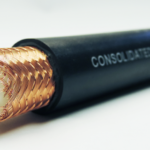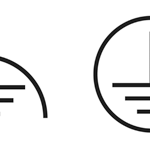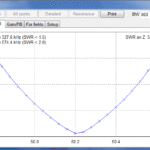By John Slaughter WB5HSI
An opto-isolator is a light emitting diode and a phototransistor in the same package. The LED is completely isolated electrically from the phototransistor. Most devices have 1000 volts or more of isolation. The capacitive coupling between the input and output is also very small.
They are commonly found in radio interfaces where you want isolation between your radio and your computer. The audio is commonly isolated with transformers and the PTT is isolated with an opto-isolator.
To use these devices, you need to provide power to operate the LED and this normally involves sizing a series resistor to limit the current into the LED. Much the same way you would connect a visible LED. Consider the voltage input, the nominal current required to operate the LED and the voltage drop across the diode. This information is available in the data sheet. The required current can easily be on the order of a milliamp.
The output transistor is normally an NPN device, but it could be a MOSFET or SCR. Some devices function as solid state relays and will pass current in both directions. When the LED is on, the transistor will conduct and when it is off the transistor is off.
There are other applications. For example, voltage shifting and even as an inverter.

The LED can be connected in different ways. The only common factor is the current. The typical configuration is shown at left. You can drive the LED with a low voltage logic signal, for example 3.3 or 5 volts. The resistor must be sized to deliver enough current to the LED to turn it on, but limit the current to a safe value. In this case a “high” input will turn on the diode and the transistor.
The input to the diode need not be a positive control voltage to the anode. You could for example tie the anode to a power rail either 5 volts or 3.3 and pull down the cathode to ground. In this case a low-level input would turn on the diode rather than a high level. You can configure the output in the with the collector tied to a voltage supply and then source current into a load rather than sink current via the collector.
Sometimes you need to shift a voltage rather than isolate. Because the input and output are isolated, you can achieve whatever shift you need. It also goes without saying that you can adjust the operating voltages between the input and output.
Opto-isolators come in a wide variety of features. When using one it is important to respect the maximum current and voltage ratings.
Don’t forget to consider transient conditions. Relays for example can “bite” when they are de-energized. A “catch” diode across the coil is cheap insurance.
Get out your soldering iron and build something.






